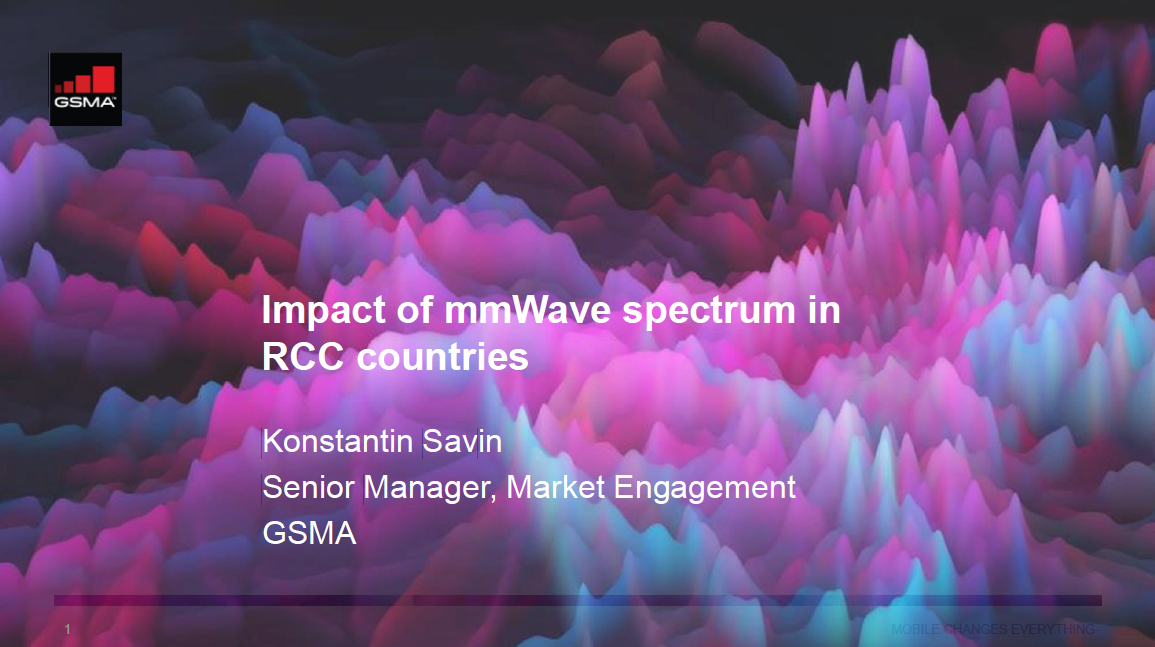“5G is set to bring many benefits to the digital economies of the region, with $6.7billion GDP impact and nearly one quarter of all 5G services on mmWaves by 2034.” (Konstantin Savin, Senior Manager, Market Engagement, the GSMA)
“It is extremely important for enabling the full potential of 5G to provide 80-100 MHz of contiguous spectrum per network in the C-band and similarly 1 GHz per network in 26/28 GHz range” (Alexander Gulyaev, Senior Manager, International Spectrum Regulations and Policy, Huawei Technologies)
“mmWaves are going to complement mid-band spectrum below 6 GHz to provide even more capacity into the most populated areas as well as open new usages requiring extremely low-latency. But for investment into mmWaves to happen the spectrum should be identified with large continuous blocks and without excessive constraints for implementation and deployment.” (Dmitry Vasilyev, Spectrum Manager, MegaFon)
 The GSMA welcomed delegates from the RCC region to a lunchtime seminar at CPM19-2 to discuss mmWave spectrum for the future of 5G.
The GSMA welcomed delegates from the RCC region to a lunchtime seminar at CPM19-2 to discuss mmWave spectrum for the future of 5G.
Speakers from the GSMA, Huawei and MegaFon talked about how the right conditions for high-frequency 5G spectrum at WRC-19 can change how connectivity drives the region.
The outcome of WRC-19 will decide how mobile can maximise benefit from mmWaves. These frequencies are needed to offer the highest performance levels from 5G. Services and applications in areas such as fixed broadband, industrial automation, intelligent transport systems and virtual reality can take advantage of a step-change in data speeds and capacity through millimetre waves.
At the seminar, the GSMA also highlighted findings from its recently published report on the socio-economic benefits of mmWave 5G between 2020 and 2034. For countries in the RCC region, mmWave 5G is estimated to increase GDP by $6.7 billion by 2034. The Russian Federation is the biggest contributor in this region, responsible for 68% of the mmWave contribution to GDP
The mobile industry is asking for the IMT identification of:
- 26 GHz (24.25-27.5 GHz);
- 40 GHz (37-43.5 GHz);
- 66-71 GHz – with flexibility to enable both IMT and non-IMT technologies.
Because of the large amount of spectrum required, 45.5-52.6 GHz must also be considered. IMT identification must also come with conditions that allow mobile operators to make the most of these bands. Optimal technical conditions must be applied to protect other services while unlocking the full potential of 5G.


